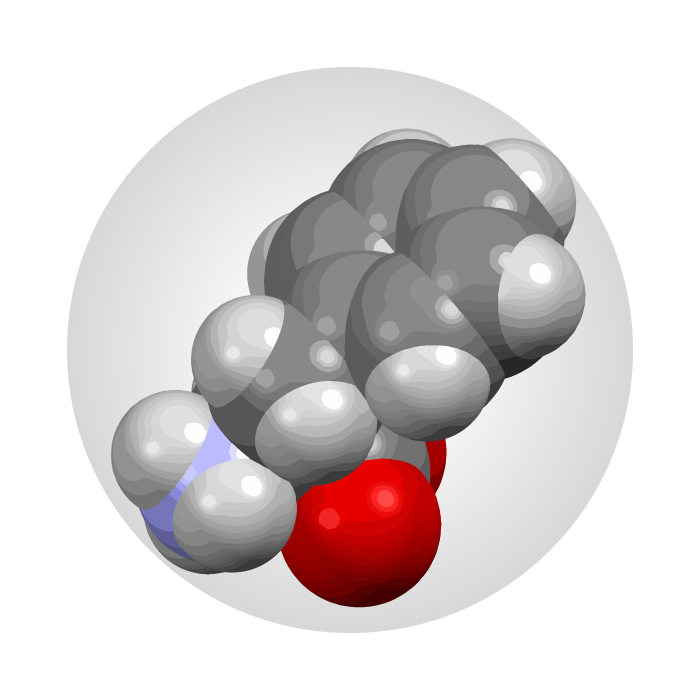
Supplement information: PHENYLALANINE
| Image |

|
|---|---|
| General description |
Antidepressive essential amino acid.
|
| Found |
- almonds - avocado - bananas - beans - brewer yeas - dairy products - eggs - seafood, fish - legumes - meat - pumpkin seeds |
| Anti-aging role |
- used to treat depression - various forms of phenylalanine may be useful as a treatment for vitiligo - D - phenylalanin has been suggested as a treatment of rheumatoid arthritis, muscle pain, osteoarthritis - phenylalanine governs release of the hormone cholecystokinine (CCK) that signals the brain to feel satisfied after eating |
| Deficiency symptoms |
- apathy, lethargy - loss of pigmentation in the hair - edema - muscle loss, fat loss - liver damage - weakness - slowed growth in children - skin lesions - thyroid function disorders |
| Therapeutic doses |
L - phenylalanine: 500 mg - 4 g /day to treat depression D or DL phenylalanine: 100 - 400 mg / day - to treat depression D phenylalanine: 2,5 g /day to treat chronic pain |
| Maximum safe level |
Not established. However doses of 1, 5 g and above3 can cause side effects.
|
| Side effects |
- anxiety - headaches - mildly elevated blood pressure |
| Contraindications |
- Parkinson disease - phenylketonuria - hypertension - kidney or liver disease - pregnancy, lactating |
| Interactions |
Interactions - monoamino oxidase inhibitors - antipsychotic drugs (tardive dyskinesia) - levodopa (interfere with absorption)" |
| Composition formulas |
- in L or D-phenylalanine form, in 50:50 combination (DL-phenylalanine) - in combination with other amino acids - capsules, powder or tablets |
| Other remarks |
- once inside the body phenylalanine is converted into tyrosine which is than converted into L - dopa, norepinephrine and epinephrine
|